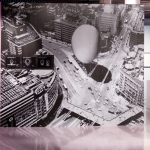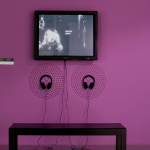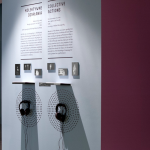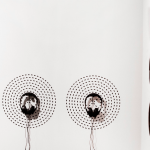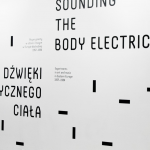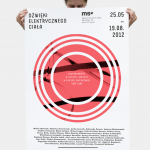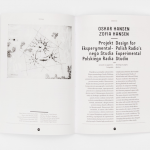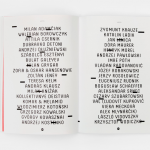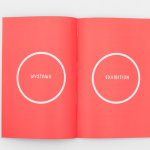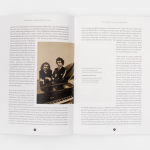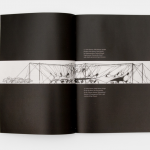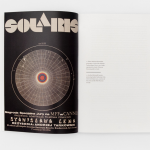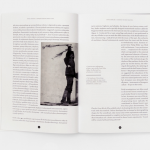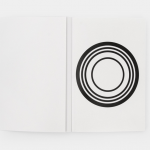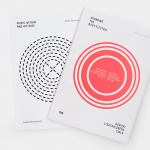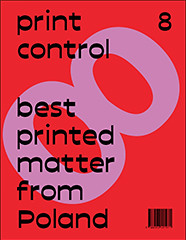Sounding the Body Electric
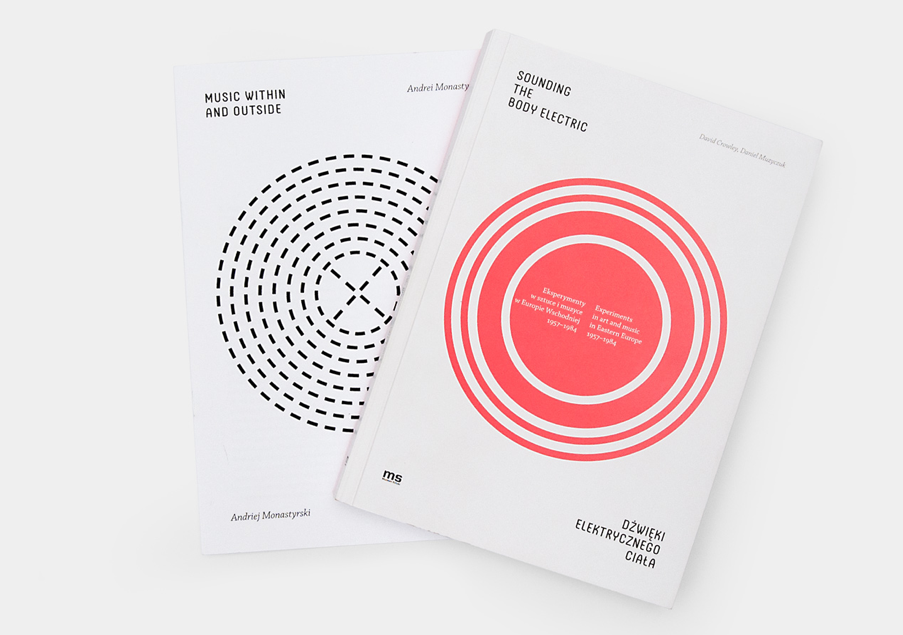
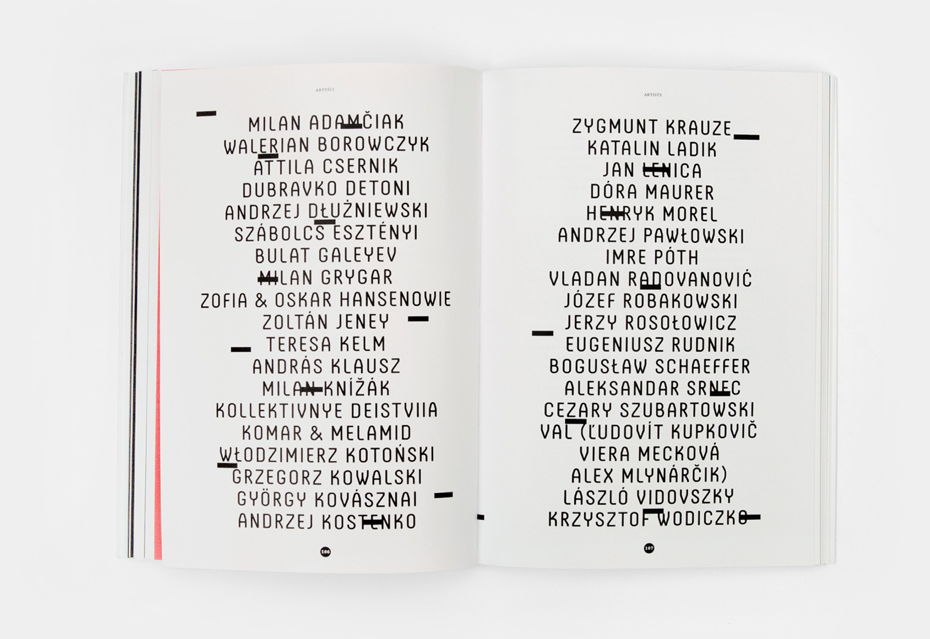
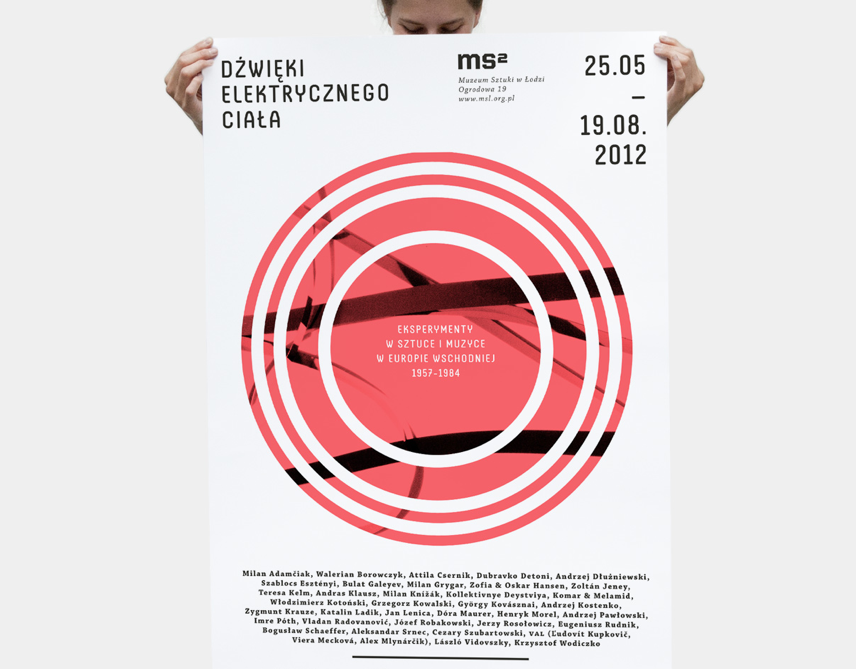
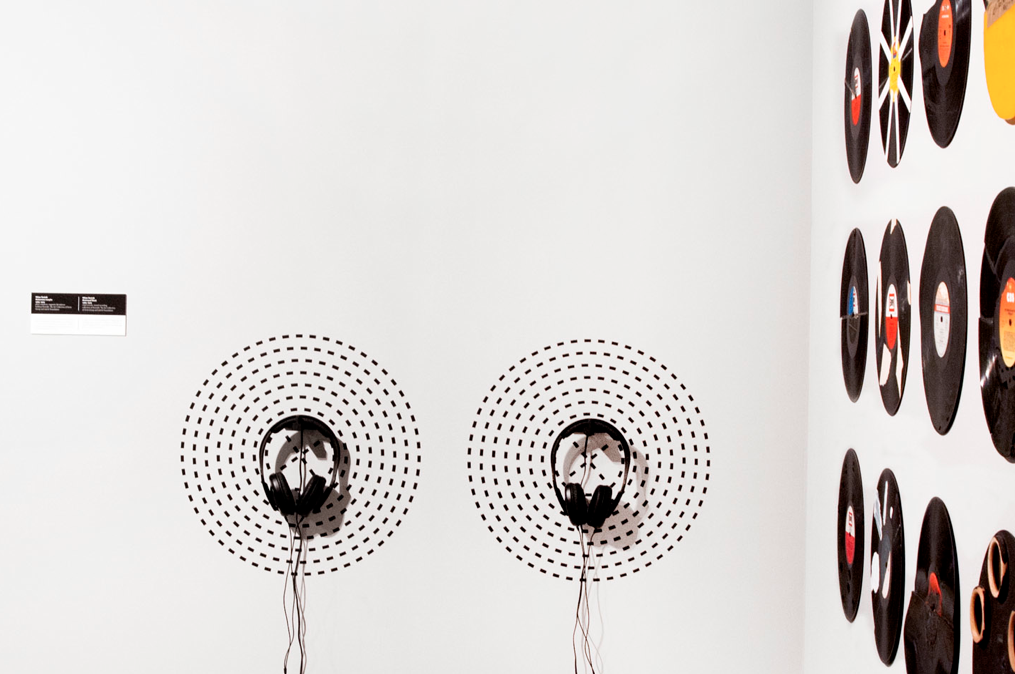 project Dźwięki Elektrycznego Ciała
project Dźwięki Elektrycznego Ciała
design poważne studio
link www.powaznestudio.com
Catalogue and exhibition design for ‘Sounding the Body Electric. Experiments in Art and Music in Eastern Europe 1957-1984′. In the aftermath of Stalinism, composers and artists in Eastern Europe were given new opportunities to experiment. New recording studios equipped with magnetic tape recorders and later, synthesisers were established, first in Warsaw in 1957 and then throughout Eastern Europe. New and often challenging forms of music were produced in these laboratories of sound. The connections between the visual arts and experimental music were closer in the 1960s than perhaps any time before or since. Sound and image combined in artists’ films, ‘happenings’ and sounding installations. Experimental forms of notation were also created to stimulate uninhibitd musical expression. The early happenings and actions of the 1960s were associated with intellectual freedom and reform. The exhilaration of experimentation declined during the decade and in the 1970s new critical forms of art emerged which associated sound with surveillance and censorship.
This book accompanying an exhibition at the Muzeum Sztuki in Łódź explores both the optimism and the anxiety that was to be found in the experimental zone of art and music.
Projekt katalogu i grafiki ekspozycyjnej dla wystawy “Dźwięki elektrycznego ciała. Eksperymenty w sztuce i muzyce w Europie Wschodniej 1957-1984”, która stanowi pierwszą próbę ujęcia skomplikowanych zależności między eksperymentalną muzyką i sztukami wizualnymi w Europie Wschodniej od lat pięćdziesiątych. W Muzeum Sztuki w Lodzi zaprezentowane zostały filmy eksperymentalne, rzeźby dźwiękowe, instalacje oraz partytury najważniejszych i najbardziej innowacyjnych artystów tego okresu. Wiele z ważnych realizacji dla mariażu muzyki i sztuk wizualnych w Europie Wschodniej już nie istnieje. Rekonstrukcja jego dziejów wymaga zatem również rekonstrukcji prac, które dokonane są przy współpracy z artystami i z dbałością o wierność założeniom. Muzeum Sztuki w Łodzi udostępnia zwiedzającym dwie legendarne prace: Same tranzystory Szabolcsa Esztényi’ego i Krzysztofa Wodiczki z 1969 roku oraz Kompozycję przestrzenno-muzyczną Teresy Kelm, Zygmunta Krauze i Henryka Morela z 1968 roku.
